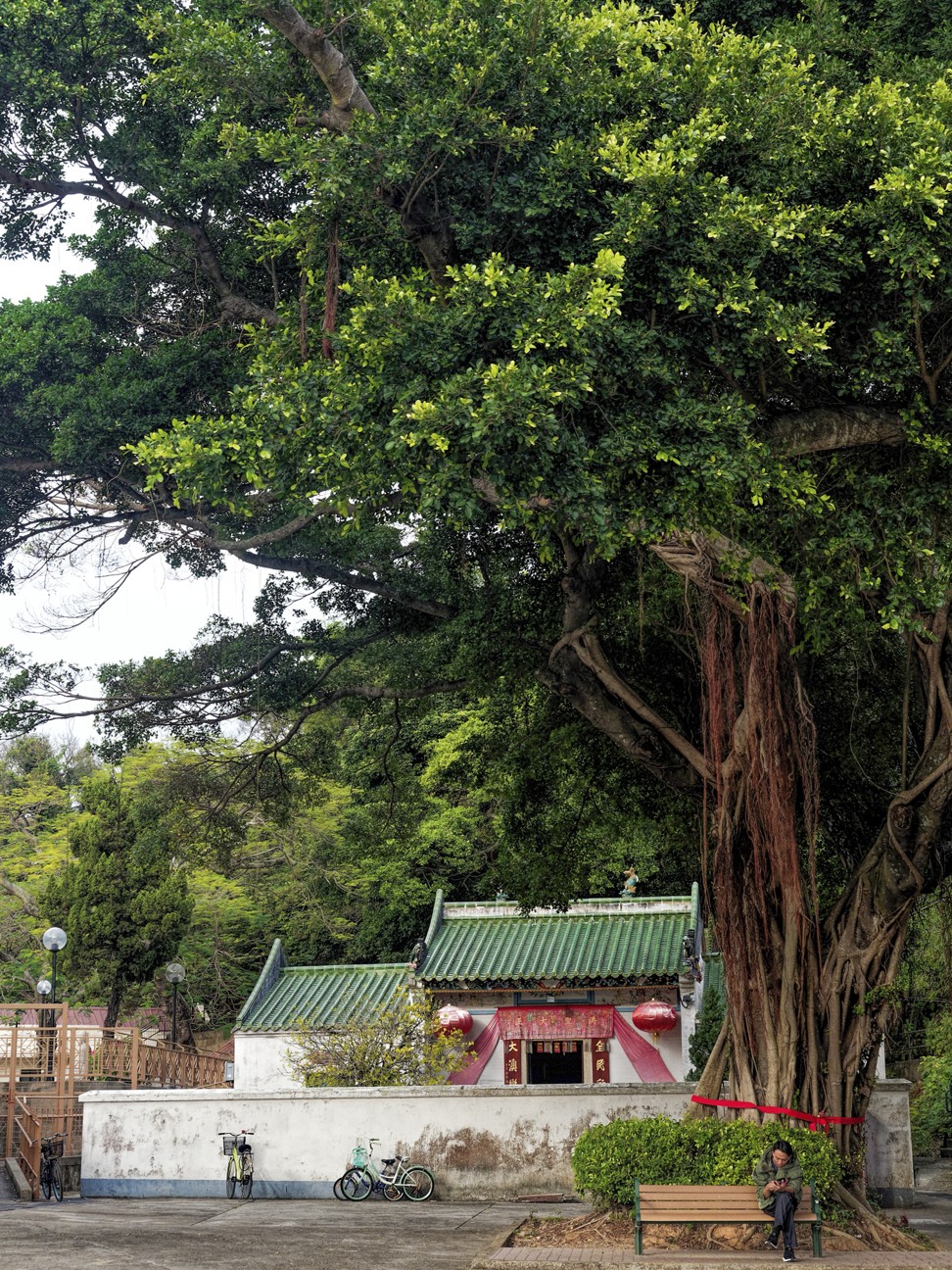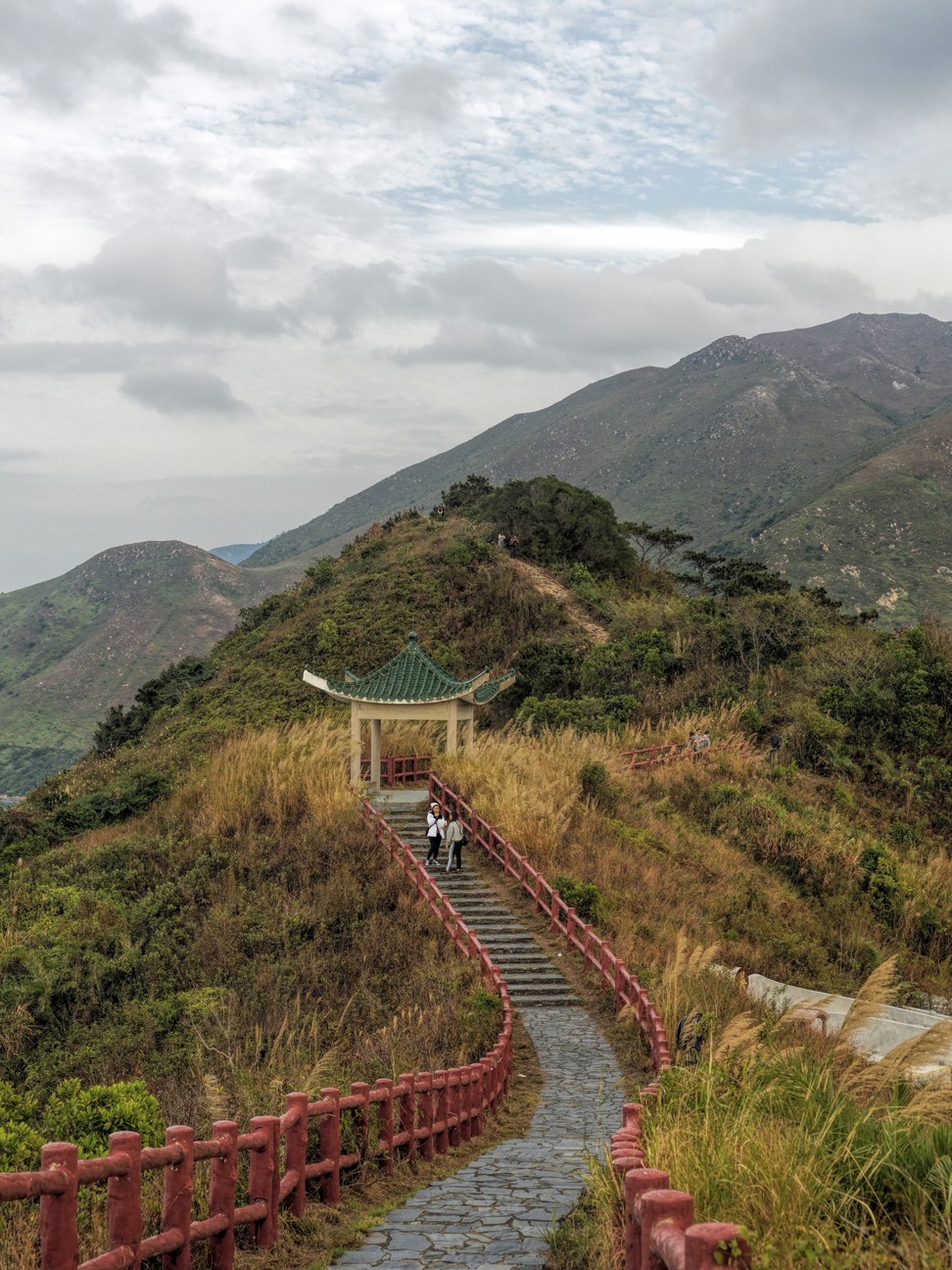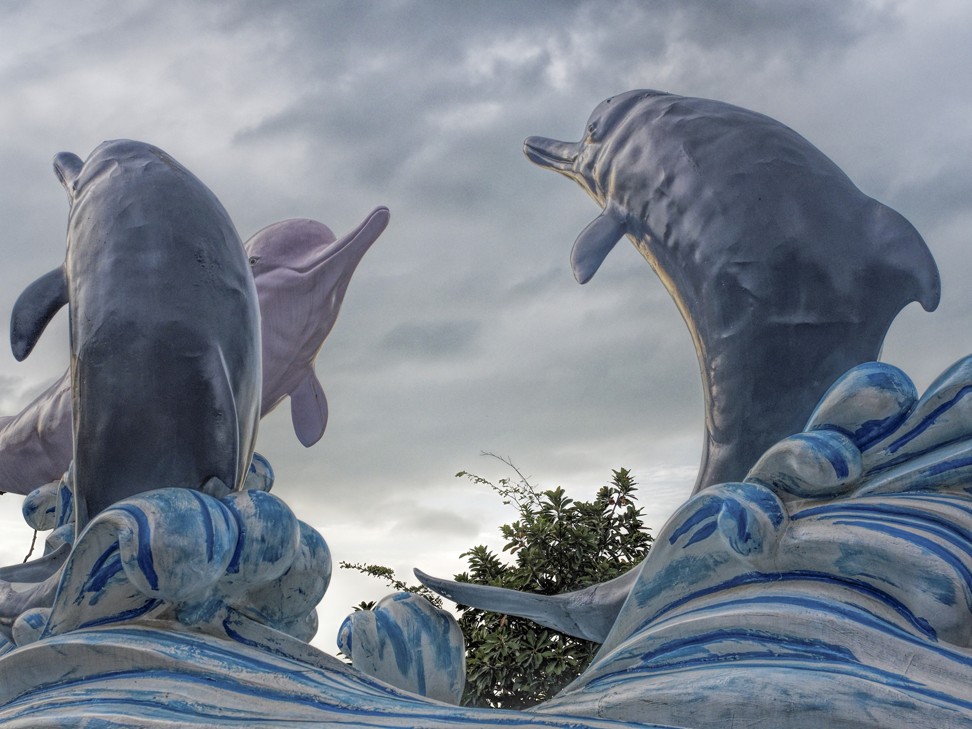
A tranquil haven in a world gone mad: Hong Kong villages on Lantau Island’s western tip, Yi O and Tai O, worth a visit now more than ever
- Rice paddies carved from wasteland in abandoned village of Yi O a bucolic retreat – and easily reached from Tai O, fishing village known for its stilt homes
- In Tai O, take an easy walk uphill for great views, or turn it into a longer hike; for refreshment afterwards, try heritage hotel or riverside cafes
Less than a year ago, a visit to Tai O, a village on the western tip of Hong Kong’s Lantau Island known for its houses on stilts, would have meant jostling with crowds in the narrow streets and joining long queues for a bus back towards the urban areas.
Today the throngs of tourists have gone, and Tai O has become an attractive option for families and individuals seeking fresh air and relief from the cabin fever brought on by the coronavirus outbreak, with so many events cancelled and leisure facilities closed.
The Tanka were an indigenous people of southern China who, according to Landscapes Lost and Found by Ken Nicolson, lived on boats until some time after the late 17th century, when they were allowed to settle on land and began building homes on platforms atop granite pillars rammed into riverbed.

One of the best places from which to see the stilt houses is a footbridge over a creek near the Tai O bus terminus. To reach it, head towards the mouth of the creek, walk along a narrow alley past stalls selling tourist souvenirs and squid- and fishballs, and take the obvious left turn.

Cross the bridge and narrow, car-free roads offer the chance to explore. Turn left, and you can pass some of the stilt houses, and other village houses on terra firma above the tide line. The housing becomes more scattered, and there are gardens and woodland alongside the road, which ends at a small pier.
From here, a two- or three-minute walk up a winding path leads to the Tai O Heritage Hotel.
The white-painted, two-storey main building was originally the Tai O Police Station. It was built in 1902, and its imposing colonial-style architecture includes arched windows, a tiled roof, and a covered balcony overlooking the approaches to Tai O.


It fell into disuse in 2002, but restoration work began seven years later, leading to a Unesco Award of Merit for Cultural Heritage Conservation. Today, there are nine guest rooms, and even if you do not stay it is worth a visit to check out its former holding cell for miscreants, and its upscale cafe.
Heading back along the road towards Tai O, there is a left turn towards Hung Shing Temple, beside which a flight of steps leads up Fu Shan. It is an easy “climb” – Fu Shan is just 75 metres high – and the path soon arrives at a ridge of scrub and grassland, by a statue of four Chinese white dolphins frolicking in and leaping above waves.
The path turns right here, towards a pavilion that is supposedly a dolphin lookout. You would need considerable luck, and sharp eyes, to spot a dolphin from here, as they are few and far between, and liable to be hundreds of metres away.

Another minute or so further along, the smart trail of slabs set in concrete comes to an abrupt end. Here you can opt to turn back, or follow a rough track that continues and enjoy a somewhat more challenging hike.
This first climbs to a sharp peak, with Tai O laid out below. From here, you can just see the river that flows down from the Lantau hills, passes through Tai O village, then splits into two creeks such that Fu Shan is set on a small island.

Onwards and downwards, there is a scramble along a path of small stones on which one can skid if not careful; lengths of rope are strung between bushes to help you keep your balance. After passing through some trees, the trail meets a concrete path to Yeung Hau Temple, at the mouth of the northern creek. From here, a narrow road passes alongside stilt houses towards the footbridge.
Keep an eye out for a path on the left. Around 50 metres along this, there is another, smaller footbridge. While mainly used by villagers rather than visitors, it is another good vantage point for seeing the stilt houses, which are here beside the fork in the river.
There is also a lane running parallel with the southern creek, which is interesting to walk along, as there are several shops selling handicrafts and cafes selling coffee and cakes, and a relaxed, almost hippy vibe.

One of the shops belongs to Yi O Agricultural Cooperation, and sells vegetables and rice grown at Yi O, a rural area around three kilometres to the south. This is a wonderful place to head if you would like a gentle hike from Tai O.
The coastal path to Yi O starts by the bus terminus, from where you can skirt a mangrove restoration area to a hamlet, Nam Chung. From here it is a 40-minute walk, mostly along an easy concrete path round a wooded headland, then down to and around the edge of the bay at Yi O. Here you might take a short detour alongside a stream, to find a plunge pool below a series of cascades. The farming area is just beyond here, above mangroves and mudflats.
Just by the coast, the Yi O farmers grow vegetables on an area of land about the size of two tennis courts. A track leads inland, through a wood dotted with ruined houses that residents abandoned more than 20 years ago.

The current farming venture was initiated by former town planner Andrew Lam Siu-lo, who established a cooperative venture with ex-villagers, along with some city folk who were keen to experience rural life. Lam chose to focus on reintroducing rice farming, and you can find the paddies a couple of minutes' walk further south.
Eight years ago, this area was overgrown with swarthy grass and scrub, but after clearing and creating a step-like pattern of fields on the gentle slopes, along with an irrigation system, the first rice crop was harvested here in 2014.
On a recent visit, most of the paddies were bare, awaiting planting of a new crop to coincide with spring rains. But in a valley cradled by the hills of western Lantau, seemingly far from town or city, this was still one of the most tranquil, bucolic places in Hong Kong – serving as a temporary haven from a world gone crazy.
Getting there While a favourite way to Tai O was by bus 11 from Tung Chung Station Bus Terminus, you might prefer to take bus 1 from Mui Wo Ferry Pier – partly as you can take an ordinary ferry from Central Ferry Pier No. 6 to Mui Wo, and ride in the open-air middle or lower decks; and this bus is typically quieter than the number 11.

